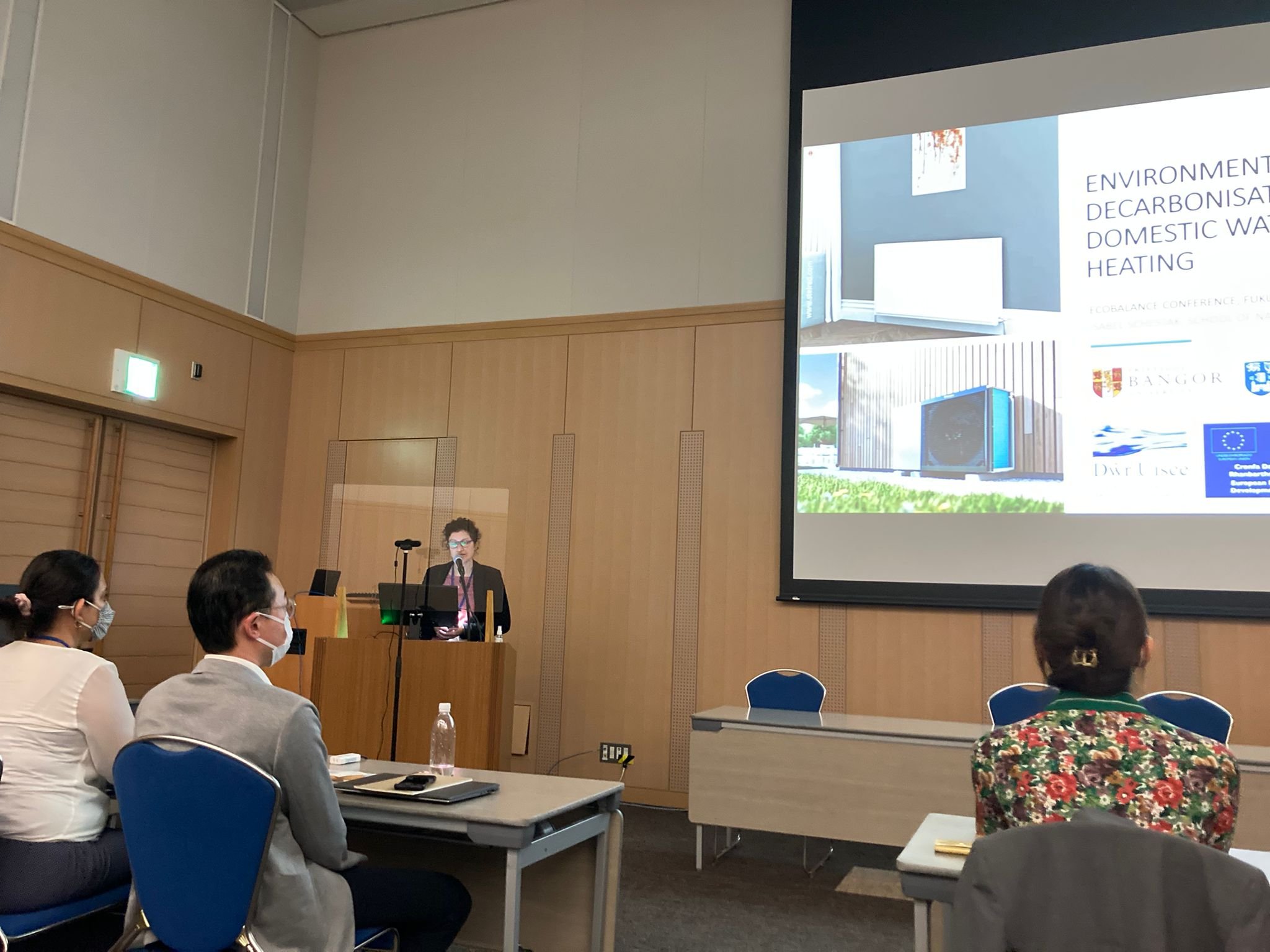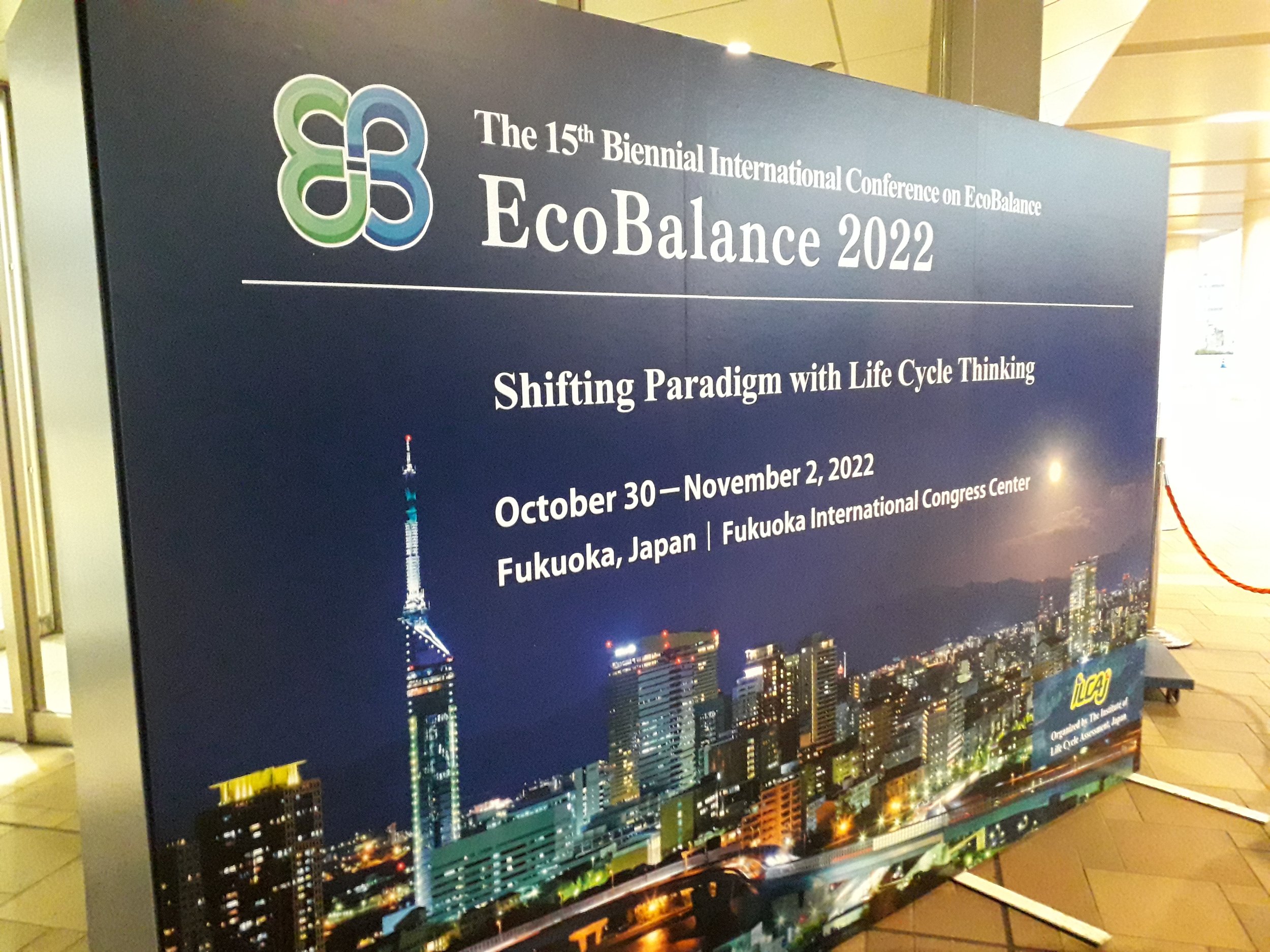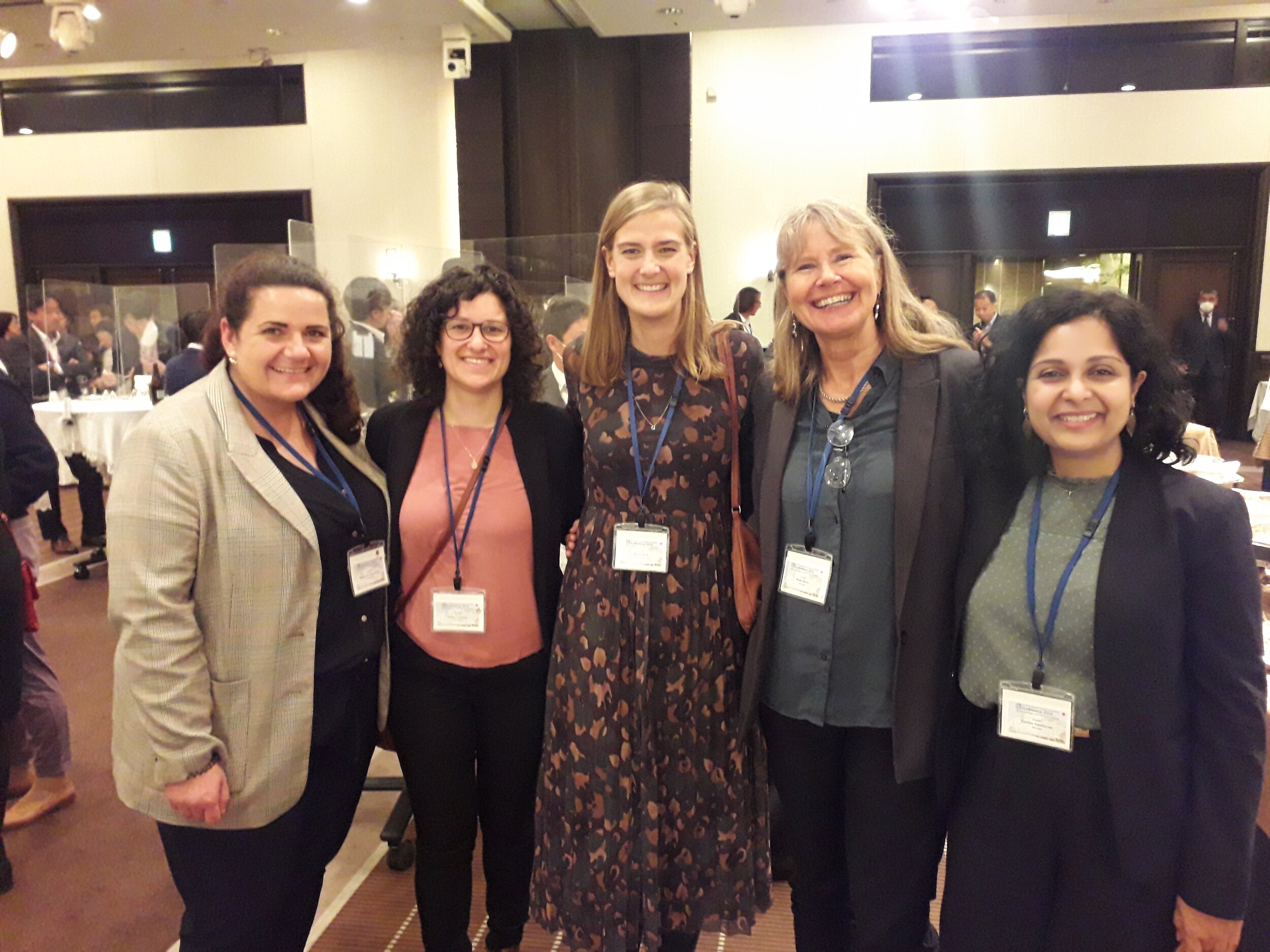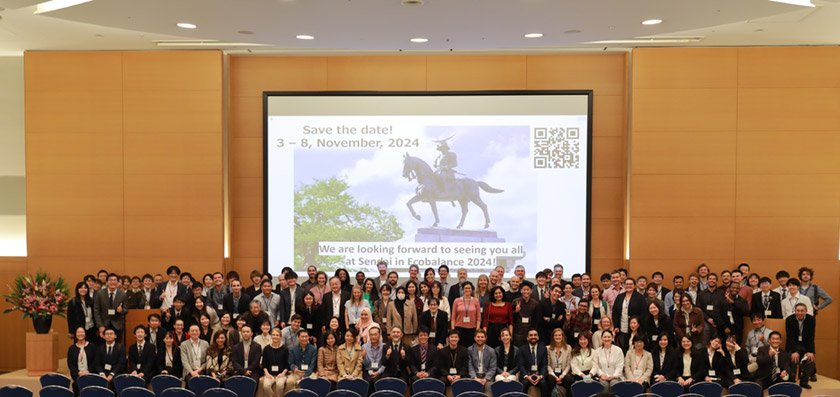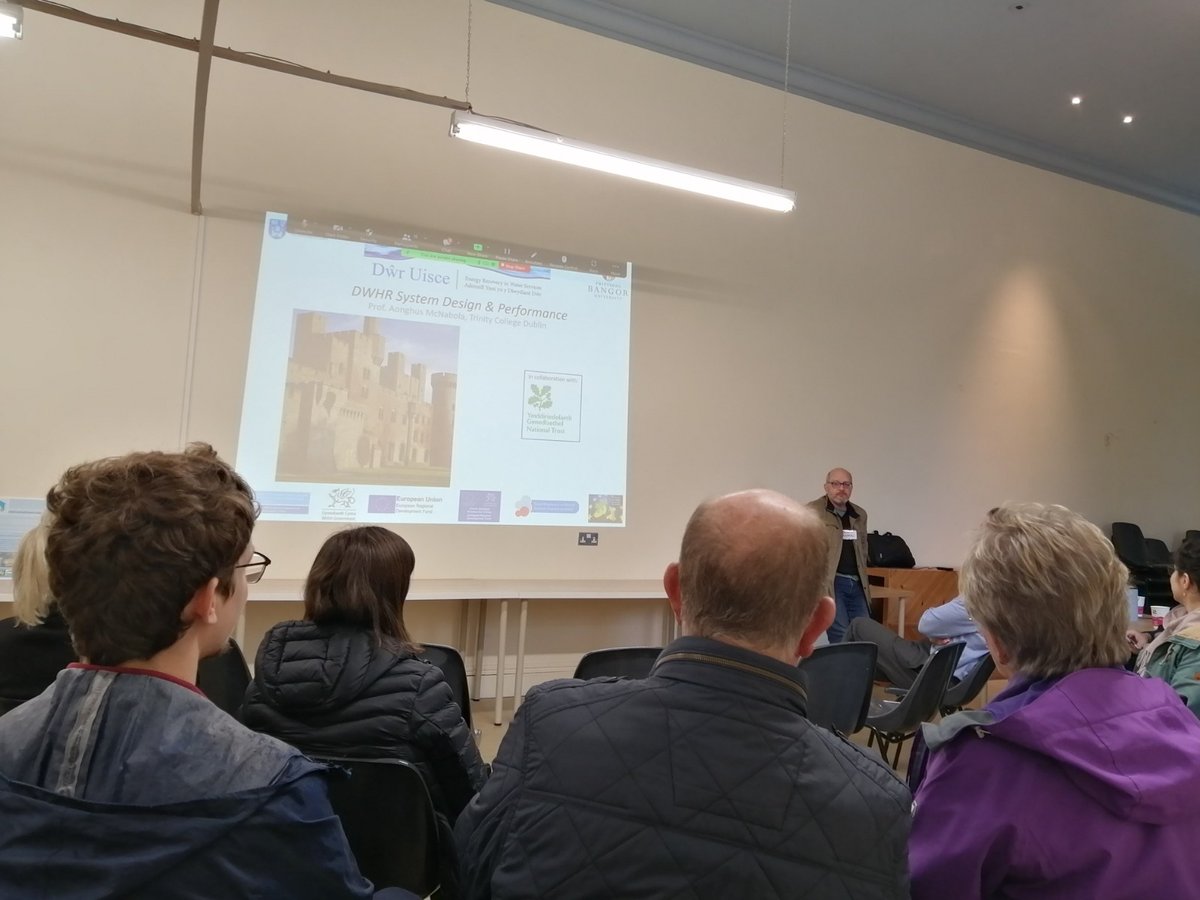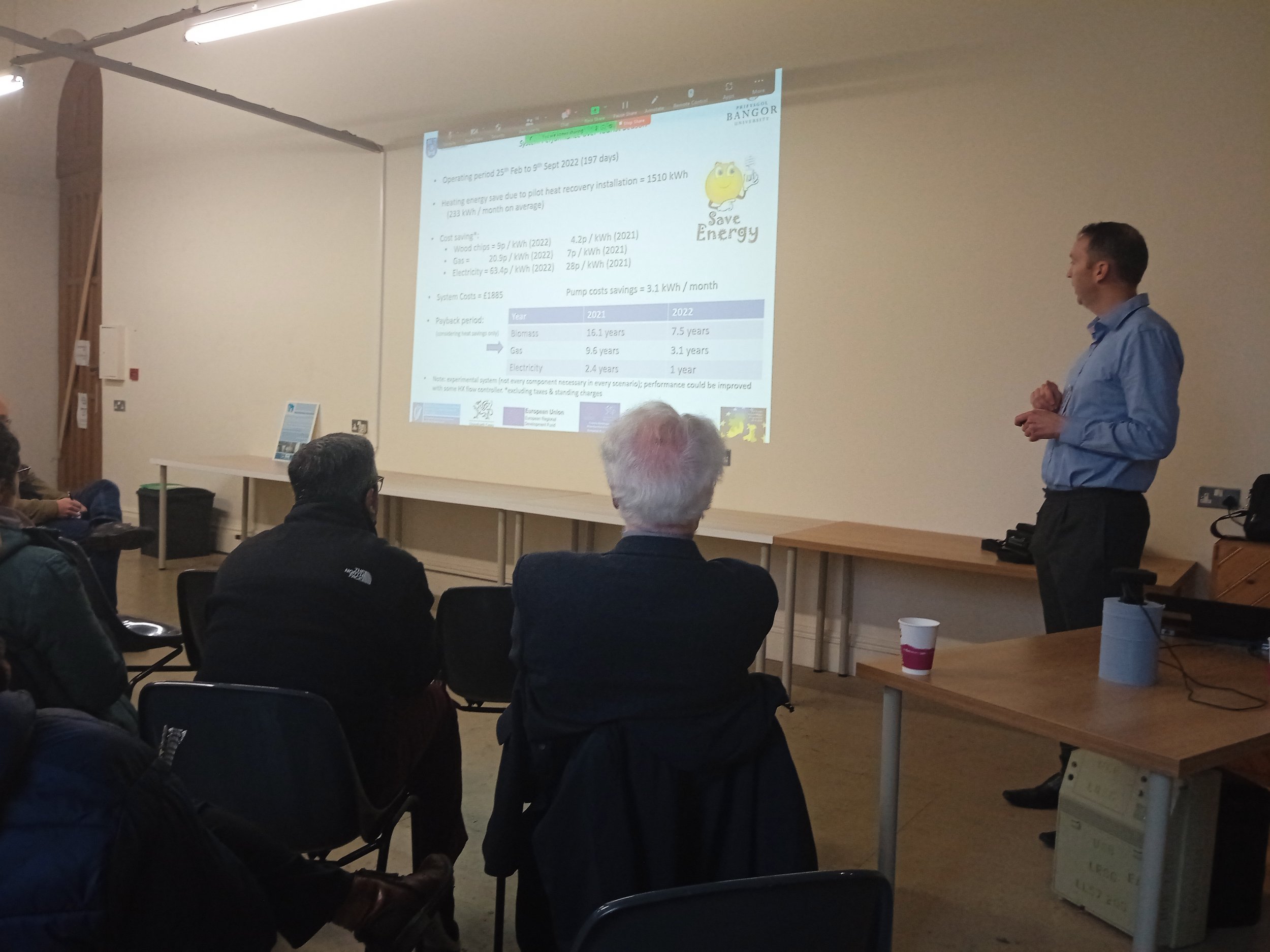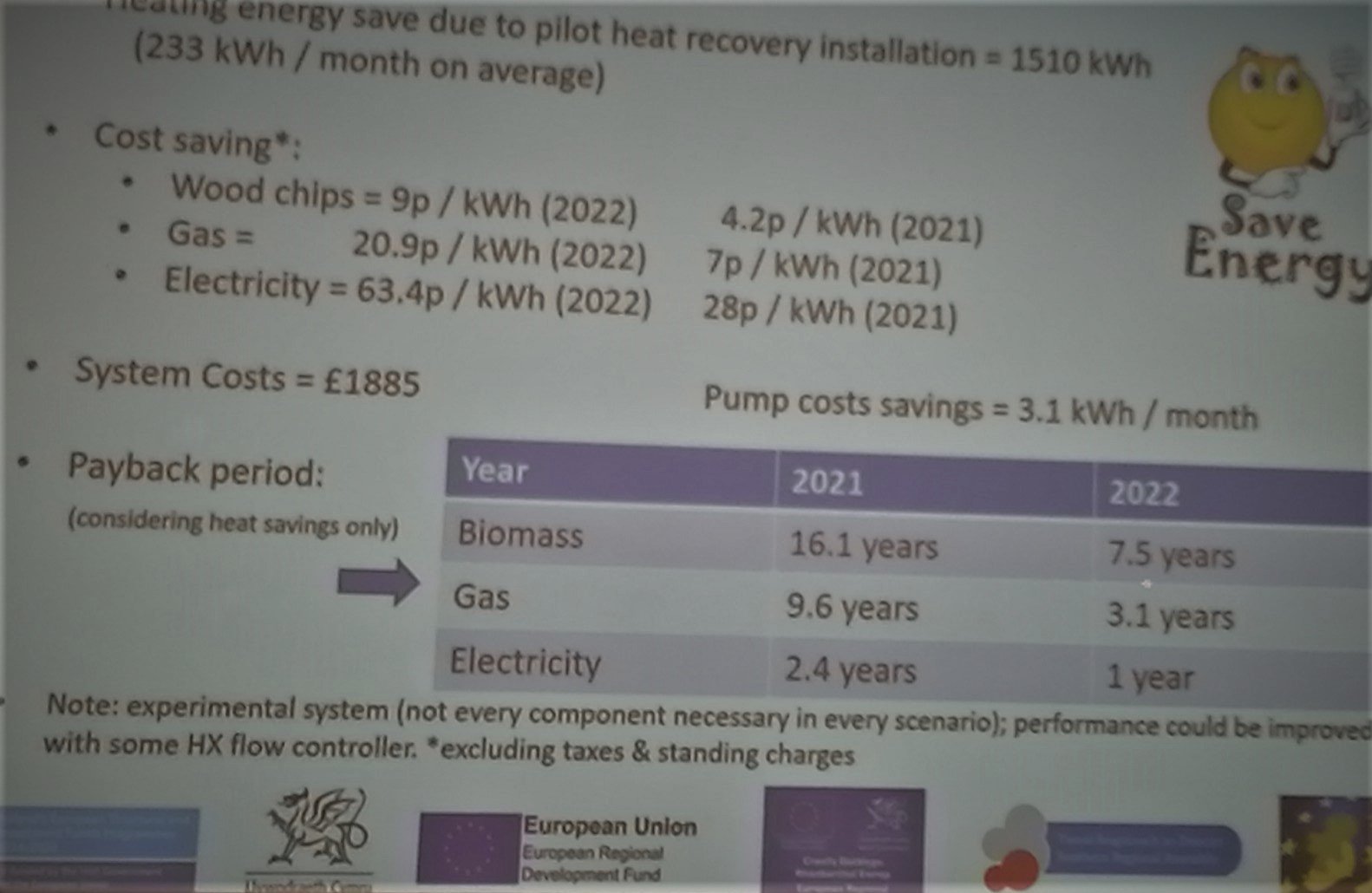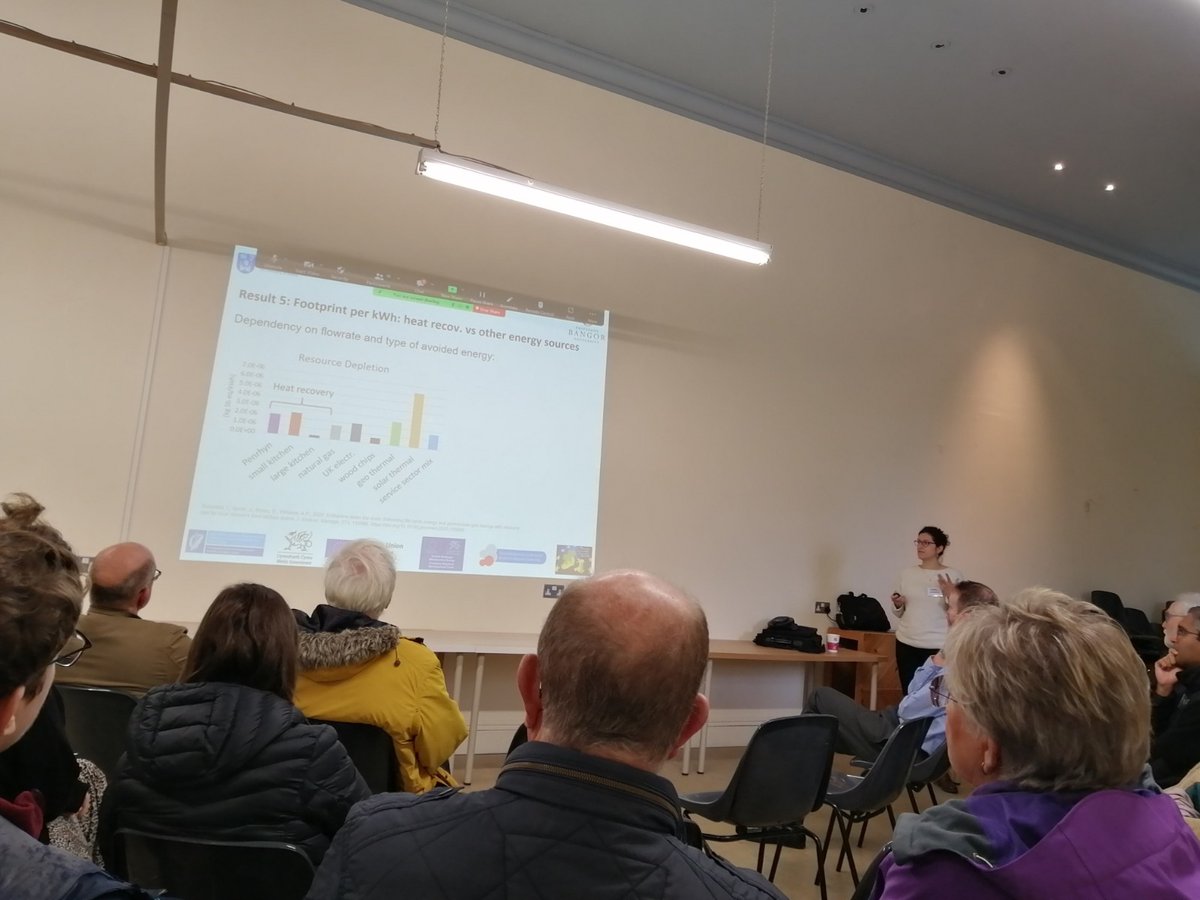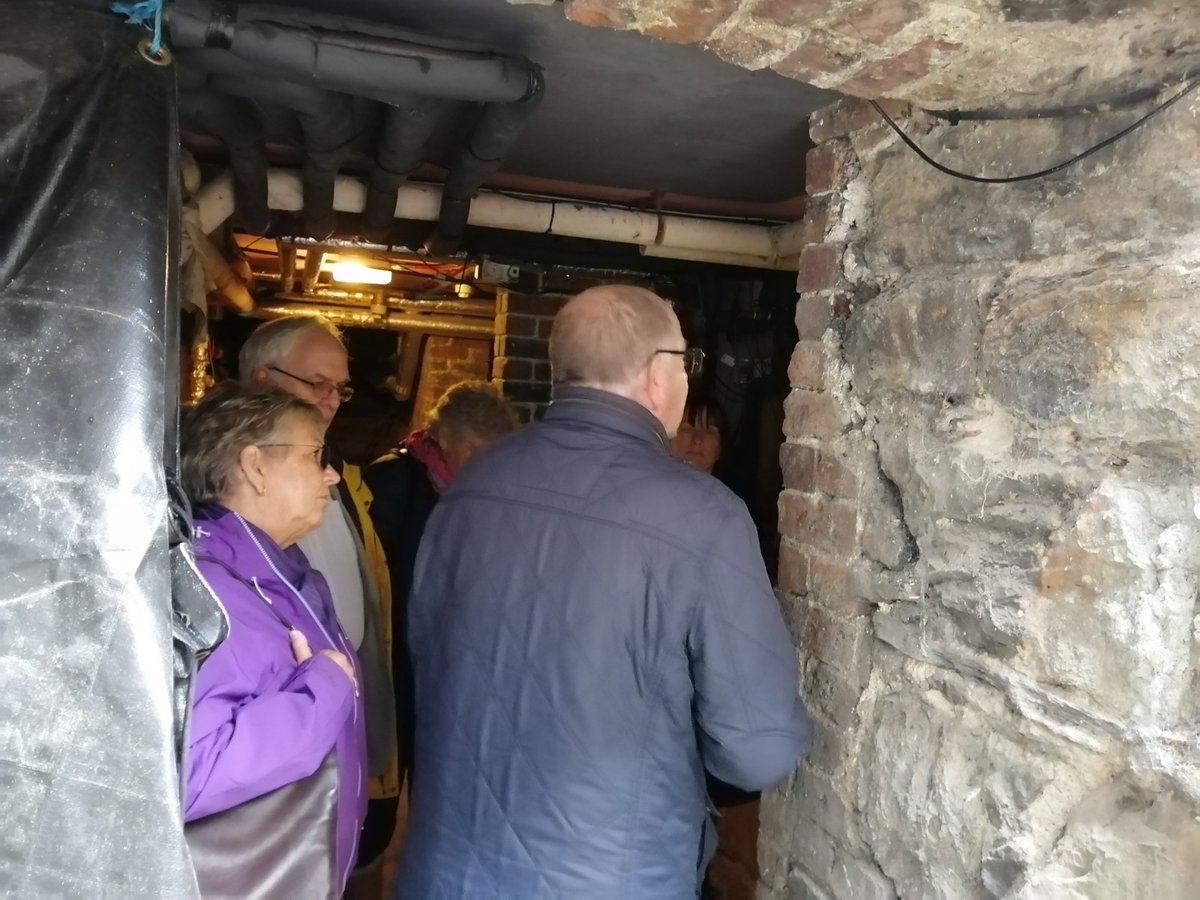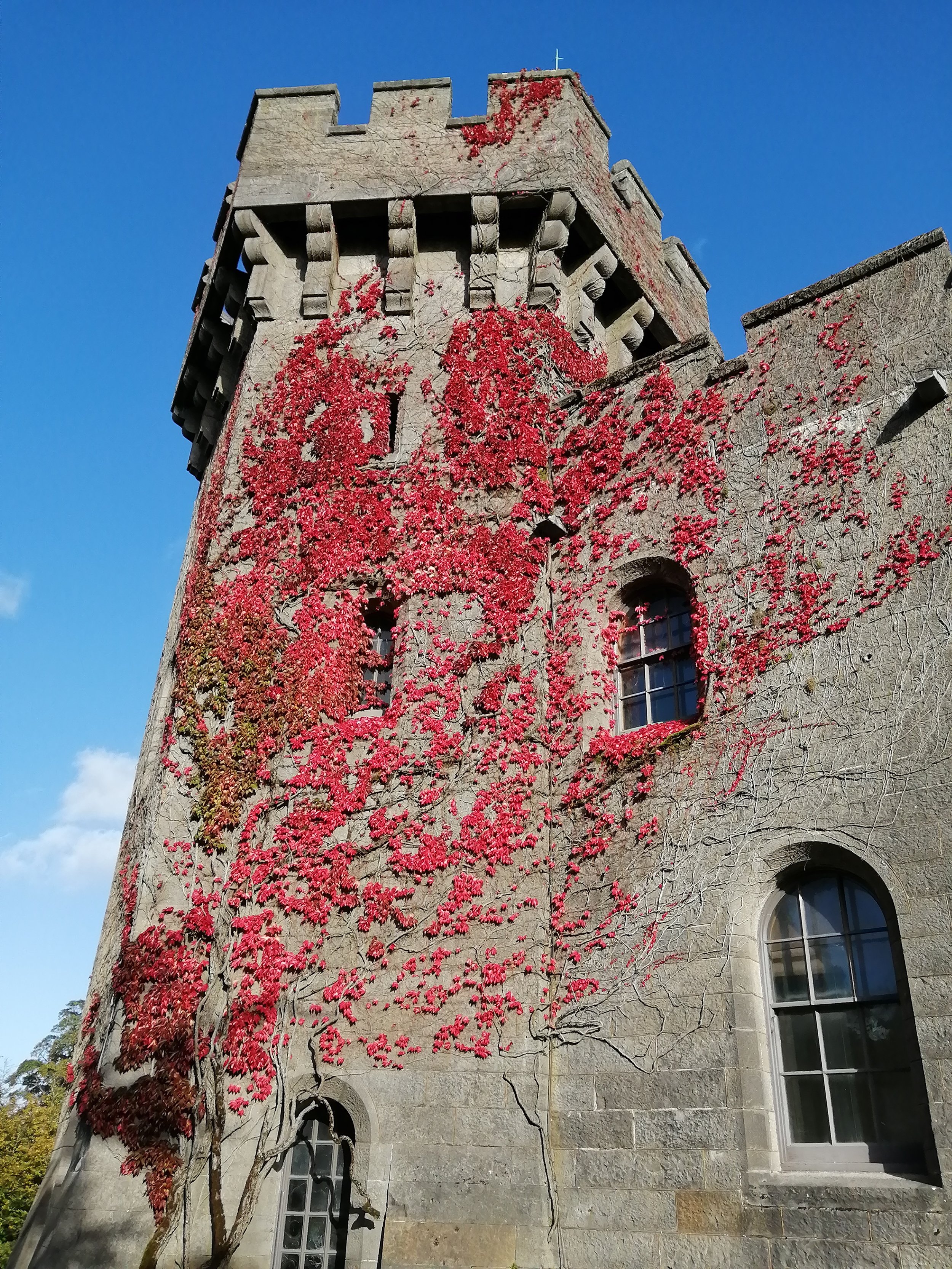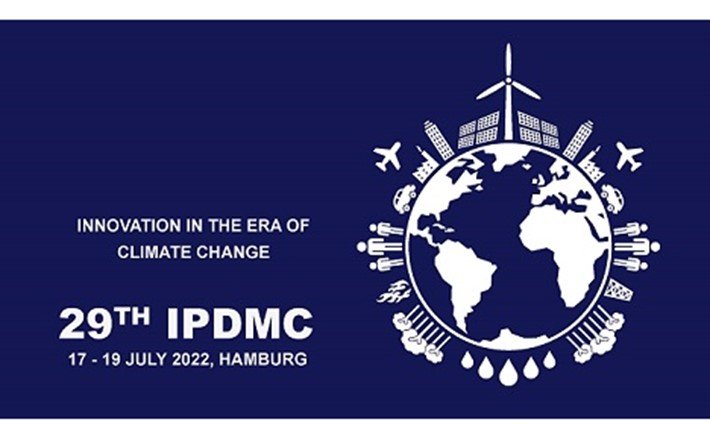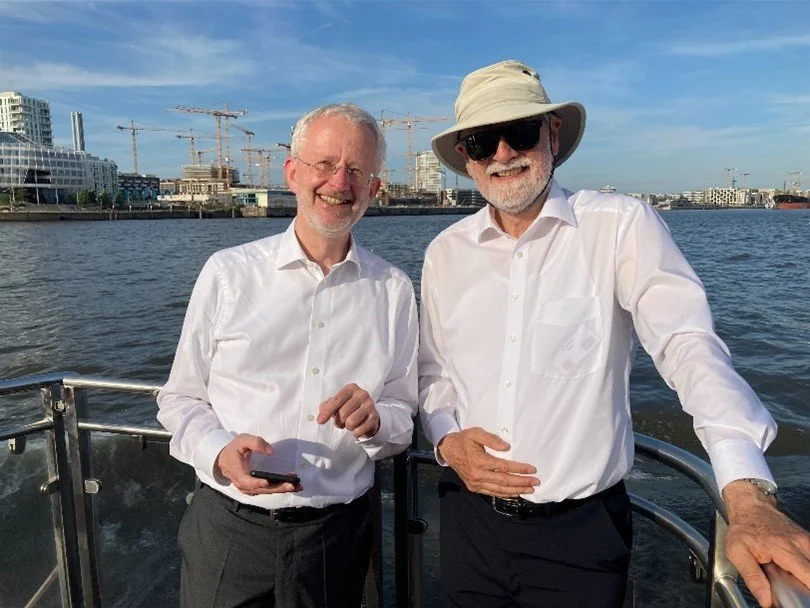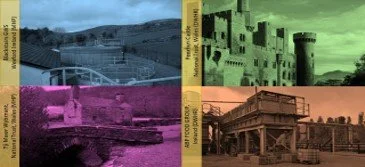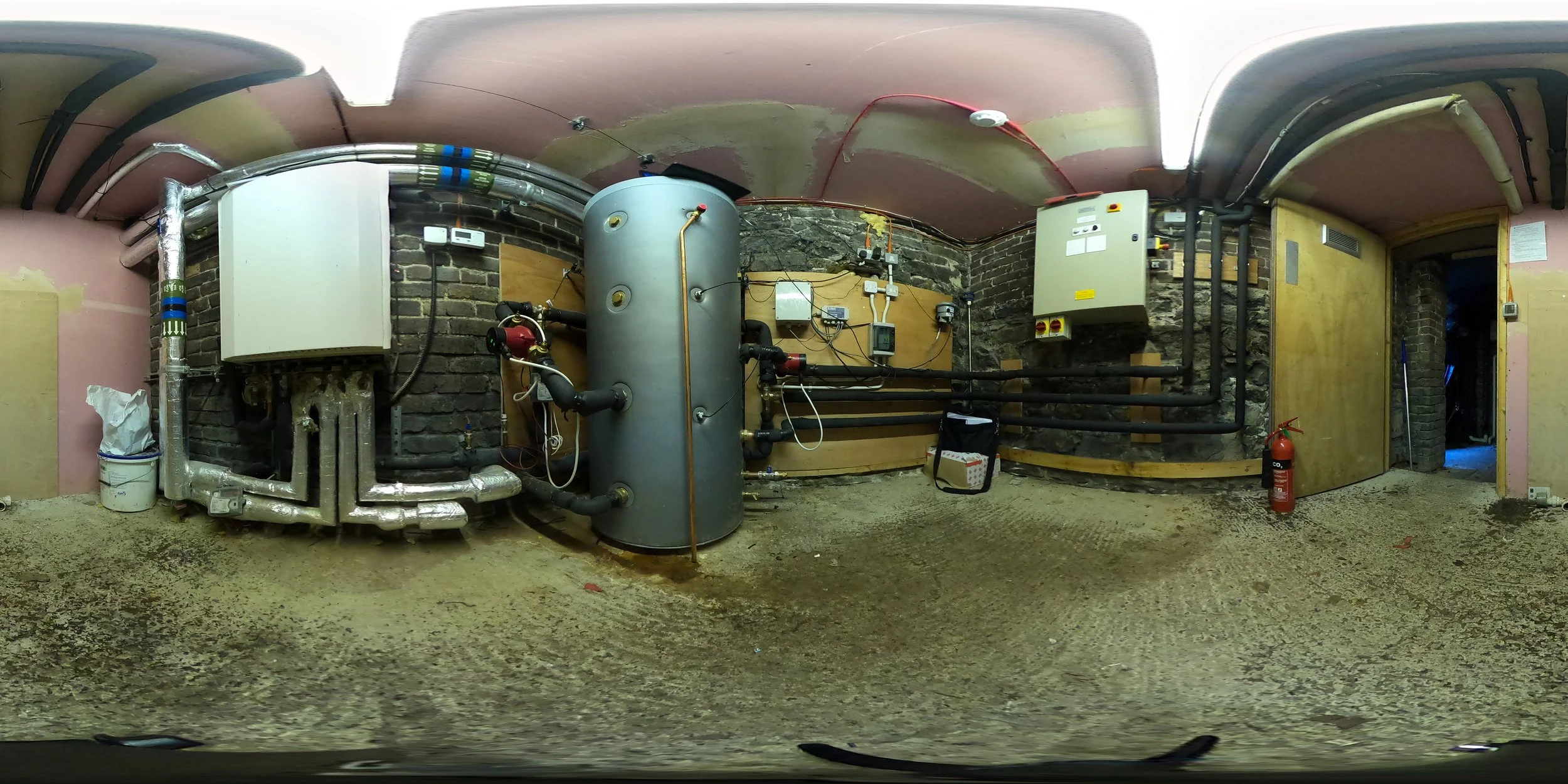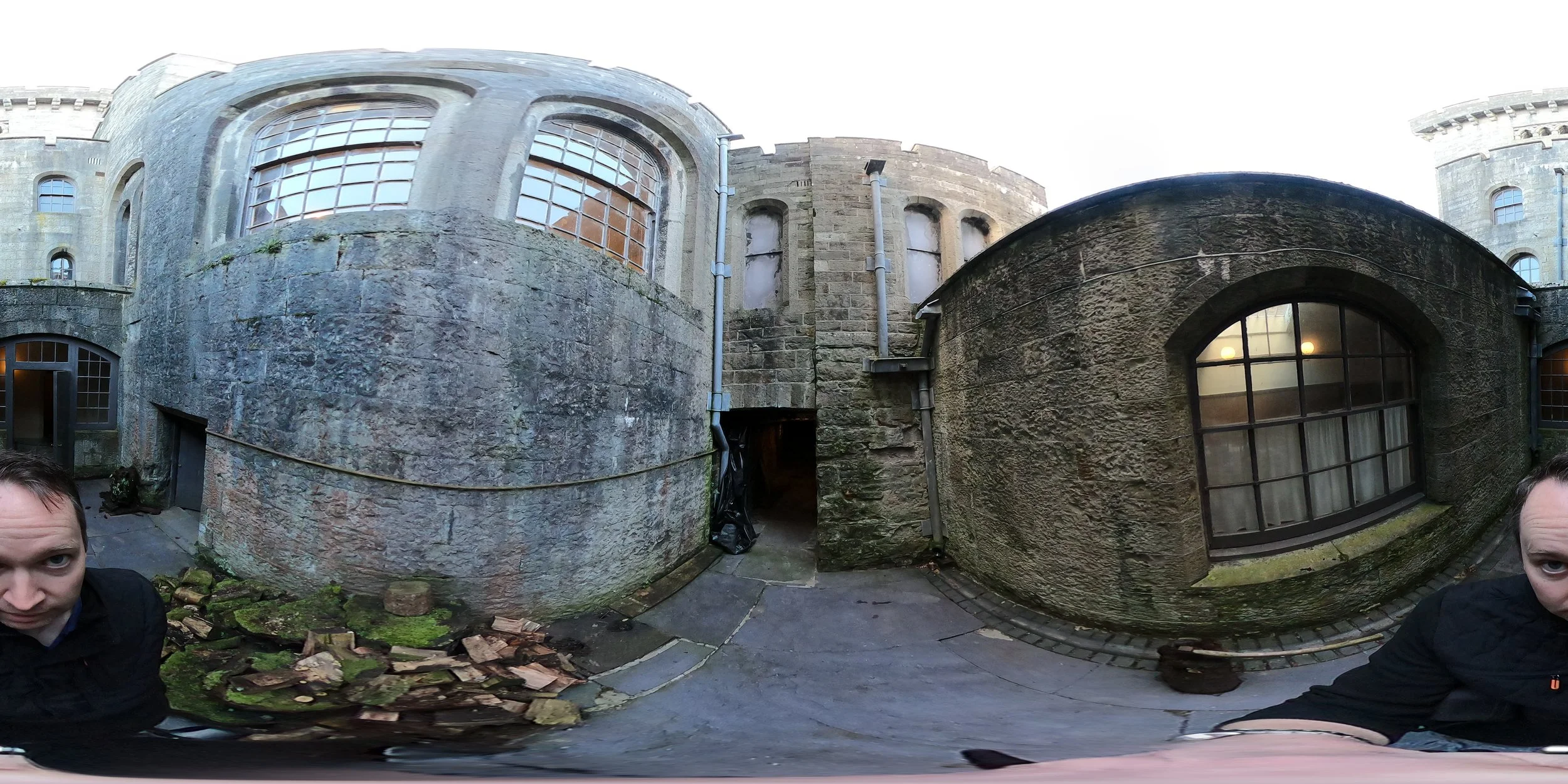Using the new technology, the researchers are extracting heat from the hot wastewater flowing out of the kitchens at between 20°C and 55 °C, and use this to preheat the cold water coming into the kitchens. The heat recovery system has been operational since February 2022 at Penrhyn Castle and Garden. A formal launch event was held on the 11th of Oct 2022 to highlight the energy saving and climate impacts that the technology achieved in the past year.
Professor in Civil Engineering at Trinity, and the Dŵr Uisce project lead, Prof Aonghus McNabola, said: “We have, alongside our partners at Bangor University, been working closely with National Trust Cymru on this project over the last 6 years. We are hopeful that we will further develop this exciting new heat recovery technology and that it may soon be used more widely in the food and hospitality sector.”
“This technology has the potential to reduce energy consumption at Penrhyn Castle’s tea rooms by over 230 kWh per month. At the current exceptionally high energy prices the payback period of the system can be achieved in a little over one year. It can generate over £1770 per annum in heat savings. We are excited by these possibilities, and are very grateful for the opportunity to design, implement and showcase it with the support of National Trust Cymru.”
This heat is currently provided by a main heating loop, where the heat is generated in a biomass boiler house, and then pumped to the rooms in the castle. The savings are thus expected to be twofold, not only will the pellet consumption of the boiler be reduced, but, more importantly, the electricity consumption, used for driving the pumps, will decrease as well.
Dr Prysor Williams is leading the team at Bangor University, who are tasked with calculating the impacts of installing the technology. He commented, “As well as the obvious financial savings, we expect this project to lead to greenhouse gas emission savings of just over 780 kg CO2 equivalent, per annum. If the technology is implemented more broadly, it could offer real economic and environmental benefits – a clear ‘win–win’”.
If successful at Penrhyn Castle, the technology will be rolled out at other sites across Ireland and the UK, where it should support the growing energy recovery sector and could potentially offer significant financial and carbon savings over the coming years for organisations and businesses that produce large quantities of hot wastewater, such as hotels, restaurants, and commercial kitchens.
Consultancy Manager for the Climate, Land Outdoors and Nature team at National Trust Cymru, Paul Southall, said: “At a time where cost of living is at its highest on record, we must find ways to be more energy efficient – but we need to do more than just reduction in use. It’s also about the re-use of waste, or what we currently consider to be waste.”
“We’re working to improve energy systems at our places particularly at built heritage sites that can be hard to heat and where implementing new systems can be difficult due to conservation needs and costs. However this technology has proved that it can be successfully integrated into our buildings, at an affordable cost compared to other energy systems, whilst bringing the same great benefits.”
“The energy generated from the heat recovery system produces over 2,760 kWh a year which powers a quarter of our hot water needs in the tea-room, or in other terms, the energy produced will enable us to make over 88,000 cups of tea a year! With a 100,000 visitors a year, that’s almost enough to give every visitor a cup of tea!”
“The heat recovery system at Penrhyn Castle is a small step to become carbon net zero by 2030, but it could be a big step forward if we integrate it across all our sites in Wales, England and Northern Ireland. It also has the potential to make big cost savings across the organisation which would allow us to continue investing charitable funds in caring for our places, for everyone, for ever.”
The technique trialled at Penrhyn consists of using the hot drain water, with peaks up to 57°C, to preheat the mains water before it enters the current heating (biomass) system at the castle. Thanks to this preheating, it will require less energy to heat the hot water, saving energy and money, while also reducing greenhouse gas emissions.
This project is being supported by several different companies who have provided expertise in developing this project, including Detectronic, whose technology has been used for wastewater flow monitoring, and Showersave, whose technology will be adapted for heat recovery at the Castle.
The Dŵr Uisce project is part of an Ireland-Wales Cooperation Programme 2014-2020 project supported by the European Regional Development Fund (ERDF).
Ends
Media Contact
Thomas Deane, Press Officer for the Faculty of Engineering, Mathematics and Science, Trinity College Dublin, at deaneth@tcd.ie or Tel: +353 (0)1-896-4685 / +353 (0) 85-131-5587
Project Website: www.dwr-uisce.eu Twitter: @Dwr_Uisce
Elinor Elis-Williams, Press Officer for Bangor University, at press@bangor.ac.uk or Tel: +44 (0)1248 383298
< Datganiad Newyddion >
Mae Ymddiriedolaeth Genedlaethol Cymru wedi bod yn gweithio gydag ymchwilwyr o Goleg y Drindod Dulyn a Phrifysgol Bangor ar system arloesol i adennill gwres yng Nghastell Penrhyn
Mae’r canlyniadau’n dangos ei fod yn lleihau’r defnydd o ynni gan 230 kWh y mis, gan wneud arbediad o £1770 y flwyddyn ar gostau gwresogi
Mae’r arbediad ynni yn cyfateb i wneud 88,000 paned o de y flwyddyn!
Gellid cyflwyno’r dechnoleg hon i gefnogi arbedion ariannol ac arbedion carbon sylweddol i sefydliadau a busnesau eraill
Bangor, 11 Hydref 2022 - Mae ymchwilwyr o Goleg y Drindod Dulyn a Phrifysgol Bangor yn arwain ar broject pum mlynedd gyda’r nod o rwystro ynni defnyddiol rhag mynd i lawr y draen. Maent wedi treialu system sy’n adennill ynni o ddŵr gwastraff yng Nghastell Penrhyn, sef castell a gerddi sy’n eiddo i Ymddiriedolaeth Genedlaethol Cymru nid nepell o Fangor.
Trwy ddefnyddio'r dechnoleg newydd, mae’r ymchwilwyr yn echdynnu gwres o'r dŵr gwastraff poeth sy'n llifo allan o'r ceginau, ac sydd rywle rhwng 20°C a 55°C, ac yn ei ddefnyddio i gynhesu'r dŵr oer sy'n mynd i mewn i'r ceginau. Mae’r system adennill gwres wedi bod yn weithredol ers mis Chwefror 2022 yng Nghastell Penrhyn. Cynhaliwyd digwyddiad lansio ffurfiol ar 11 Hydref 2022 i dynnu sylw at yr effaith o ran arbed ynni a’r effaith ar yr hinsawdd y llwyddodd y dechnoleg hon i’w chael yn ystod y flwyddyn ddiwethaf.
Dywedodd Dr Aonghus McNabola, Athro mewn Peirianneg Sifil ym Mhrifysgol y Drindod Dulun, ac arweinydd y project Dŵr Uisce: “Rydym ni, ynghyd â'n partneriaid ym Mhrifysgol Bangor, wedi bod yn gweithio'n agos gyda'r Ymddiriedolaeth Genedlaethol ar y project hwn dros y 6 mlynedd ddiwethaf. Rydym yn obeithiol y byddwn yn gallu datblygu ychwaneg ar y dechnoleg newydd a chyffrous hon i adennill gwres ac y gellir ei defnyddio'n ehangach yn y sector bwyd a lletygarwch.”
“Mae gan y dechnoleg hon y potensial i leihau defnydd ynni ystafelloedd te Castell Penrhyn gan fwy na 230 kWh y mis. Gyda phrisiau ynni yn eithriadol o uchel ar hyn o bryd byddai’r system yn talu amdani ei hun mewn ychydig dros flwyddyn. Gall gynhyrchu dros £1770 y flwyddyn mewn arbedion gwres. Rydym yn teimlo’n gyffrous am y posibiliadau hyn ac yn ddiolchgar iawn am y cyfle i gael cynllunio, gweithredu ac arddangos y system gyda chefnogaeth Ymddiriedolaeth Genedlaethol Cymru.”
Ar hyn o bryd caiff y gwres hwn ei ddarparu gan brif ddolen wresogi, ac mae'r gwres yn cael ei gynhyrchu mewn bwylerdy biomas, ac yna’n cael ei bwmpio i ystafelloedd y castell. Disgwylir felly i'r arbedion fod yn ddeublyg, nid yn unig y bydd y boeler yn defnyddio llai o belenni, ond, yn bwysicach, bydd y defnydd o drydan, a ddefnyddir i yrru'r pympiau, yn lleihau hefyd.
Mae Dr Prysor Williams sy'n arwain y tîm ym Mhrifysgol Bangor, yn gyfrifol am gyfrifo effeithiau gosod y dechnoleg. Dywedodd, “Yn ogystal â'r arbedion ariannol amlwg, rydym yn disgwyl i'r project hwn arwain at arbedion mewn allyriadau nwyon tŷ gwydr o ychydig dros 750 kg y flwyddyn. Os caiff y dechnoleg ei rhoi ar waith yn fwy eang, gallai gynnig manteision economaidd ac amgylcheddol go iawn - lle mae pawb yn amlwg ar eu hennill.
Os bydd yn llwyddiannus yng Nghastell Penrhyn, caiff y dechnoleg ei chyflwyno mewn safleoedd eraill ar draws Iwerddon a'r Deyrnas Unedig, lle dylai gefnogi'r sector adennill ynni, sy'n sector sydd ar ei phrifiant, a gallai gynnig arbedion ariannol ac arbedion carbon sylweddol dros y blynyddoedd nesaf i sefydliadau a busnesau sy'n cynhyrchu llawer iawn o ddŵr poeth gwastraff, megis gwestai, bwytai a cheginau masnachol.
Dywedodd Paul Southall, sef Rheolwr Ymgynghorol yn nhîm Hinsawdd, Tir, yr Awyr Agored a Natur, Ymddiriedolaeth Genedlaethol Cymru: “Ar adeg pan fo costau byw ar ei uchaf erioed, mae’n rhaid i ni ddod o hyd i ffyrdd o ddefnyddio ynni’n fwy effeithlon – ond mae angen i ni wneud mwy na dim ond lleihau defnydd. Mae hefyd yn ymwneud ag ailddefnyddio gwastraff, neu’r hyn yr ydym yn ei ystyried ar hyn o bryd fel gwastraff.”
“Rydym yn gweithio i wella systemau ynni yn ein safleoedd, yn enwedig mewn safleoedd treftadaeth adeiledig a all fod yn anodd eu gwresogi a lle gall fod yn anodd gweithredu systemau newydd oherwydd costau ac anghenion cadwraeth. Fodd bynnag, mae’r dechnoleg hon wedi profi y gellir ei hintegreiddio’n llwyddiannus yn rhan o’n hadeiladau, am gost fforddiadwy o gymharu â systemau ynni eraill, tra’n dod â’r un math o fanteision.”
“Mae’r ynni a gynhyrchir o’r system adennill gwres yn cynhyrchu dros 2,760 kWh y flwyddyn sy’n pweru chwarter ein hanghenion dŵr poeth yn yr ystafell de, neu mewn termau eraill, bydd yr ynni a gynhyrchir yn ein galluogi i wneud dros 88,000 paned y flwyddyn! Gyda 100,000 o ymwelwyr y flwyddyn, mae hynny bron yn ddigon i roi paned o de i bob ymwelydd!”
“Mae’r system adfer gwres yng Nghastell Penrhyn yn gam bach i ddod yn garbon net sero erbyn 2030, ond gallai fod yn gam mawr ymlaen pe baem yn integreiddio systemau tebyg ar draws ein holl safleoedd yng Nghymru, Lloegr a Gogledd Iwerddon. Mae ganddo hefyd y potensial i wneud arbedion cost sylweddol ar draws y sefydliad a fyddai’n caniatáu i ni barhau i fuddsoddi arian elusennol i ofalu am ein safleoedd, i bawb, am byth.”
Mae'r dechneg a gafodd ei threialu yng Nghastell Penrhyn yn cynnwys defnyddio'r dŵr poeth gwastraff, o hyd at 57°C, i gynhesu'r prif gyflenwad dŵr cyn iddo fynd i mewn i'r system wresogi (biomas) bresennol yn y castell. Diolch i'r cynhesu ymlaen llaw hwn, bydd angen llai o ynni i gynhesu'r dŵr poeth, gan arbed ynni ac arian, a hefyd yn lleihau allyriadau nwyon tŷ gwydr.
Cefnogir y project hwn gan sawl cwmni gwahanol sydd wedi darparu arbenigedd wrth ddatblygu'r project hwn, yn cynnwys Detectronic, defnyddiwyd eu technoleg i fonitro llif dŵr gwastraff, a Showersave, caiff eu technoleg ei haddasu i adennill gwres yn y Castell.
Mae project Dŵr Uisce yn rhan o broject 2014-2020, Rhaglen Gydweithredu rhwng Iwerddon a Chymru a gefnogir gan Gronfa Datblygu Rhanbarthol Ewrop (ERDF).
Diwedd
Media Contact
Thomas Deane, Press Officer for the Faculty of Engineering, Mathematics and Science, Trinity College Dublin, at deaneth@tcd.ie or Tel: 01-896-4685 / 085-131-5587
Project Website: www.dwr-uisce.eu
Twitter: @Dwr_Uisce
Elinor Elis-Williams, Press Officer for Bangor University, at press@bangor.ac.uk or Tel: 01248 383298

